The Steven Spielberg Sci-Fi Series On Streaming Was A Disaster To Make

The Steven Spielberg sci-fi series SeaQuest DSV first launched in 1993 on NBC with high hopes, but the show ended up being a disaster after a slew of issues between the cast, producers, and the audience brought the show to the point of irrelevance.
Steven Spielberg Helped Bring SeaQuest DSV To Television

The show has since become a strange entry in sci-fi series history that brings a comforting nostalgia to many, but not before hitting all the bumps in the road.
To truly understand why SeaQuest DSV failed to thrive, you have to understand where it came from and what was happening in the world at the time. The show was crafted at a time when all other sci-fi and space shows weren’t doing well except for one.
Coasting Off Deep Space Nine
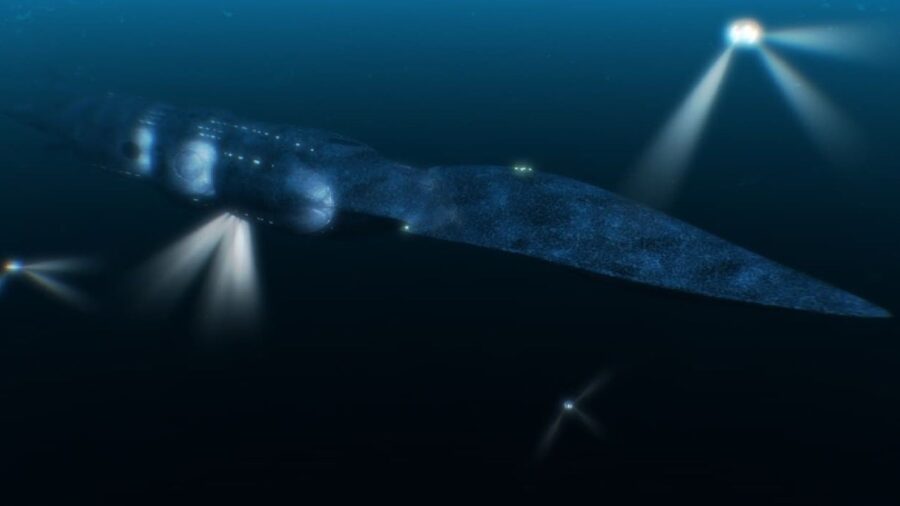
Star Trek: Deep Space Nine was leading the charts in popularity among viewers, and everyone was trying to get in on the action. With shows like Lost in Space and Voyage to the Bottom of the Sea, there were plenty of stories about aliens, spaceships, and a crew with cool outfits, but SeaQuest DSV carried the promise of having Stephen Spielberg at the helm.
Reuniting Speilberg And Roy Scheider
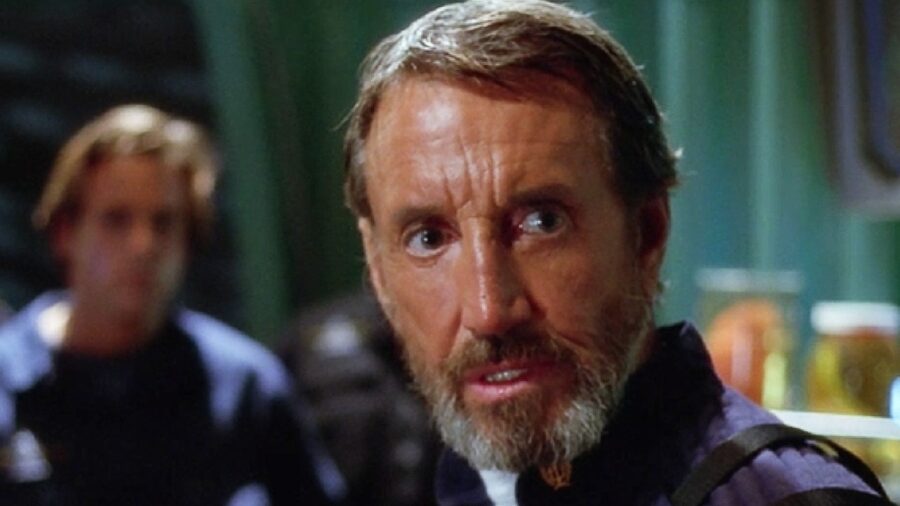
There was hope for the show in the beginning. Spielberg at the head, teen heartthrob Jonathan Brandis (thanks to his popular flicks Sidekicks and Ladybugs) as the wiz kid, Roy Scheider (who worked with Spielberg on Jaws) as the lovable captain Nathan Hale Bridger, $1 million in funding for each episode of the show, and Darwin the talking (animatronic) dolphin felt like a winning recipe for sure.
Clashed With One Of Speilberg’s Best Movies

The problem with SeaQuest DSV came when it was time to execute the plan. A lot of elements of the making of the sci-fi series simply didn’t pan out the way everyone had envisioned they would. Steven Spielberg was off in Poland filming Schindler’s List when production of the first season began, and thus, there was no true leader of the pack to guide production back in Los Angeles.
On Set Disputes Shut Down Shooting
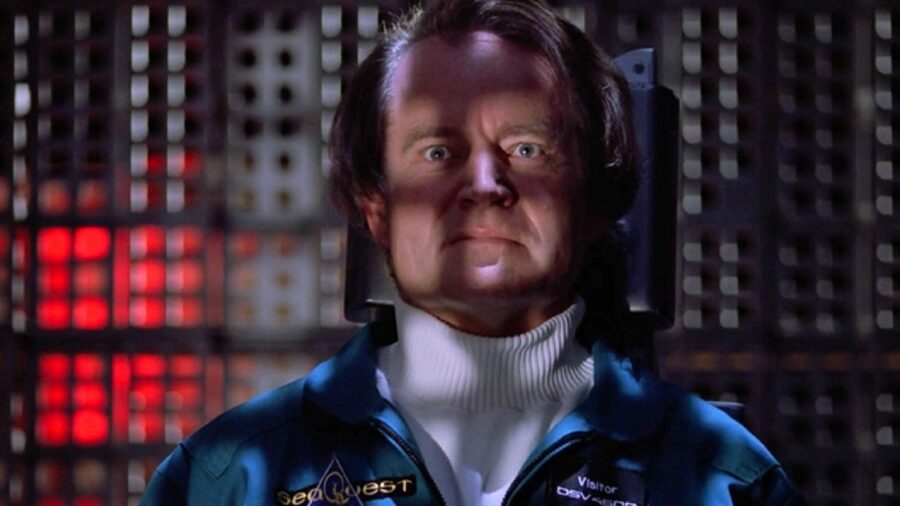
At one point in the process of filming SeaQuest DSV’s first season, Roy Scheider had a disagreement with showrunner Tommy Thompson over the creative vision of the show, causing Spielberg to call production in LA and temporarily shut down filming after only three episodes of the show had been shot.
Critics Savaged The First Episodes
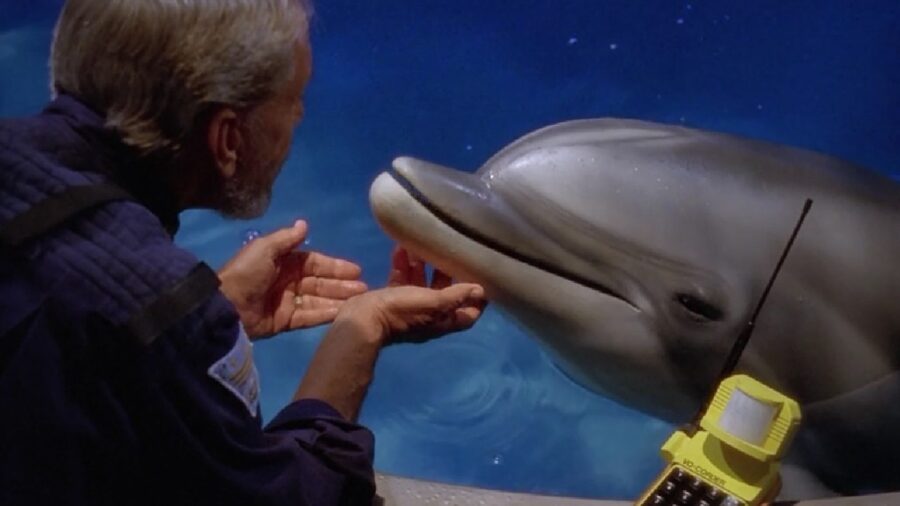
Spielberg brought in a new executive producer, David J. Burke, to help cool the conflict, but calming down the lead actor didn’t help boost the show’s ratings. Critics didn’t like the show, calling it “ponderous” and “plodding,” which caused the show to lose a lot of its audience after only airing the pilot episode.
Studio Meddling Led To Constat Cast Replacements
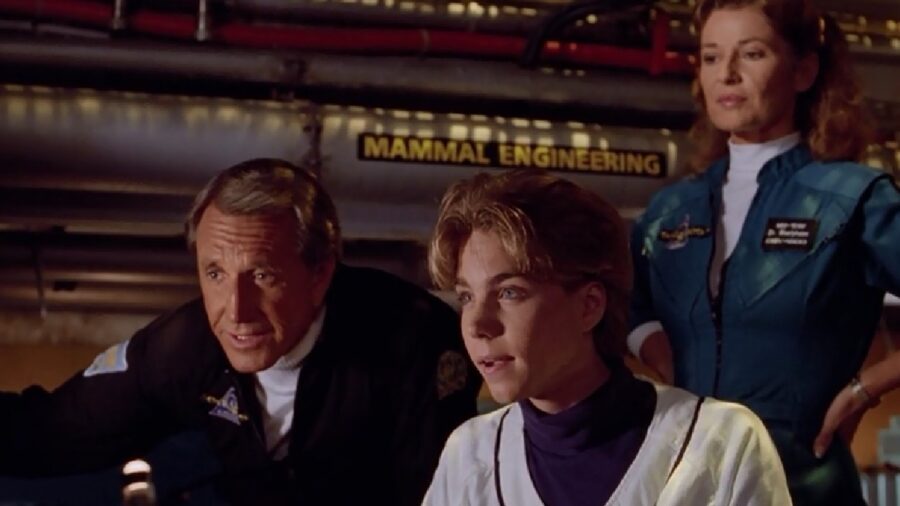
Another big hurdle to the success of SeaQuest DSV was all the changes. Constant shifts were being made to the cast and crew of the series. After the first season, nearly the whole cast was replaced with younger, “hotter” actors/actresses, and the show went from a sensible, realistic point of view to an outlandish, out-of-this-world situation.
A Complete Reboot Between Seasons
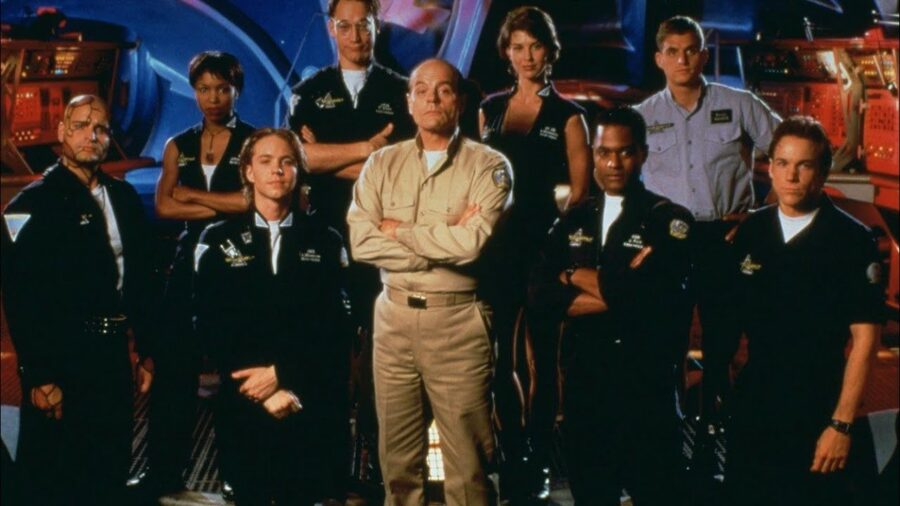
The third season of SeaQuest DSV was an even stranger jump from the show’s original purpose. The name of the show changed to SeaQuest 2032. The Captain was replaced (Scheider quit because he didn’t like the show’s direction) with a more hard-nosed character played by Michael Ironside (Scanners), and the show took a dark turn towards a more militaristic action-centered type of series.
A Sci-Fi What If?

If you need to watch it to brush up on your SeaQuest DSV knowledge, the show is now available for streaming on Peacock for those with a subscription to the channel. SeaQuest may have been a missed opportunity, to say the least, but watching it now is like watching a gnarly horror scene; you don’t want to see it, but you can’t look away.












